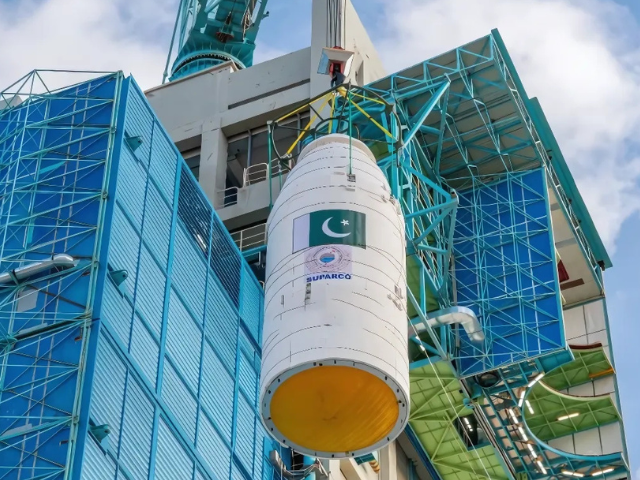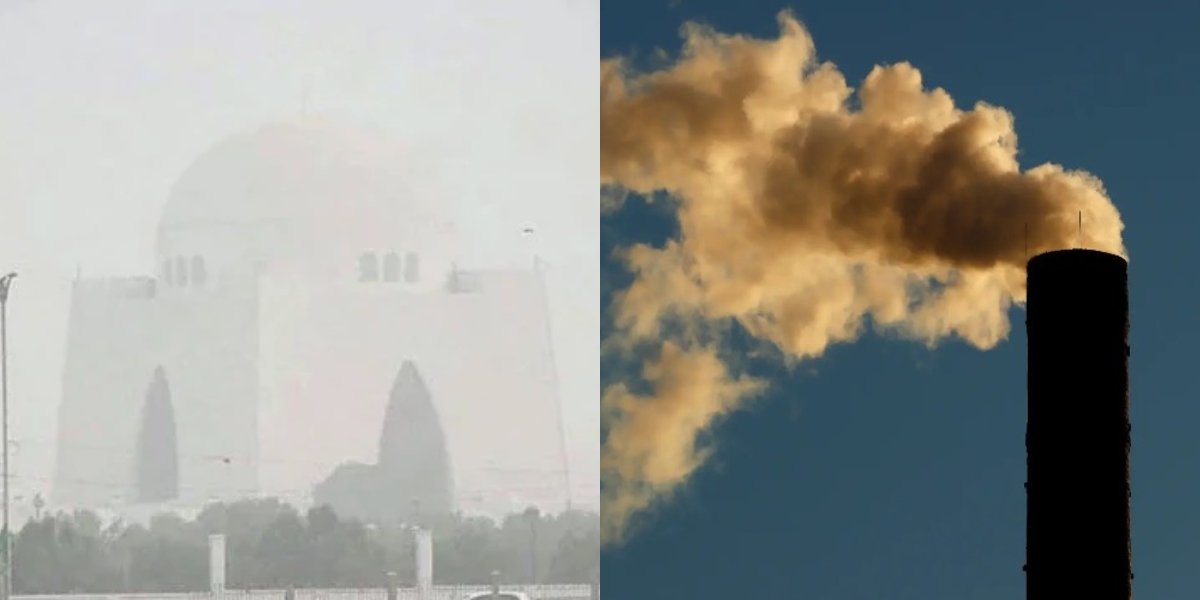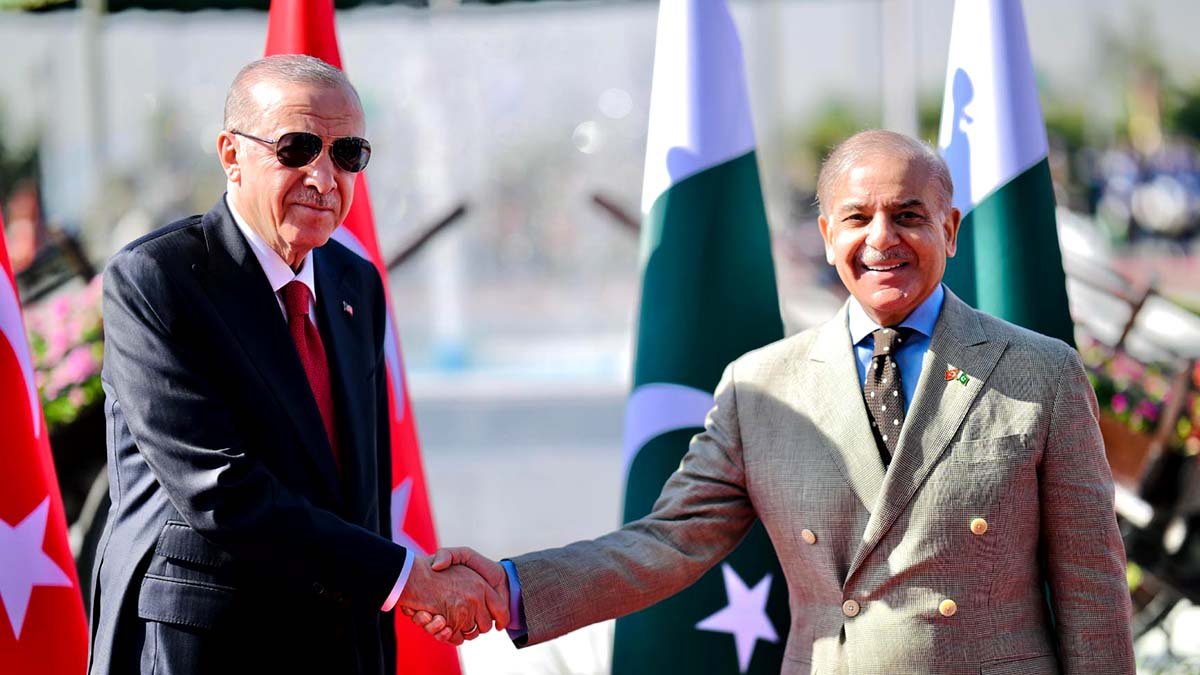ISLAMABAD: Pakistan has launched its first fully indigenous Electro-Optical (EO-1) satellite into space today to help predict natural disasters and monitor resources.
The EO-1 satellite launched from China’s Jiuquan Satellite Launch Center.
The launch represents the dedication and expertise of the Space and Upper Atmosphere Research Commission (SUPARCO) in advancing Pakistan’s technological capabilities in space science.
The satellite was launched from China’s Jiuquan Satellite Launch Centre, with the event broadcast live from SUPARCO’s Karachi complex, allowing Pakistanis to watch the satellite’s journey into space.
The satellite will enhance the country’s ability to monitor and manage natural resources, predict and respond to natural disasters, support food security and drive economic growth through informed decision-making and sustainable development.
Radio Pakistan reported that Pakistani engineers designed and developed the satellite. Experts expect it to deliver significant benefits across multiple sectors.
Pakistan has witnessed erratic, frequent changes in its weather patterns, including floods, droughts, cyclones, torrential rainstorms, heatwaves and the slow-onset threat of glacial melting, in recent years that scientists have blamed on human-driven climate change.
In 2022, unusually heavy rains triggered floods in many parts of the country, killing over 1,700 people, inflicting economic losses of around $30 billion, and affecting at least 30 million people.
In urban development, the EO-1 satellite can help track infrastructure growth, manage urban sprawl and aid city and regional planning efforts. It will provide timely updates on floods, landslides, earthquakes, deforestation and land erosion in terms of environmental monitoring and disaster management, according to Pakistani state media.
The satellite will also support extraction and conservation strategies for natural resources, such as the monitoring of minerals, oil and gas fields, glacier recession and water resources.
Pakistan has taken strides in its space research program in the past few months. In Nov. last year, SUPARCO announced its rover will join China’s Chang’E 8 mission to explore the moon’s surface in 2028.
In May 2024, Pakistan launched its first lunar satellite aboard China’s Chang’e-6 probe, which was tasked with landing on the far side of the moon that perpetually faces away from the Earth. China was the first country to make such an ambitious attempt.
In recent years, Pakistan has faced extreme weather events such as floods, droughts, and heatwaves. Scientists attribute these to climate change.
The EO-1 satellite aims to improve disaster management and resource planning to address these challenges.















